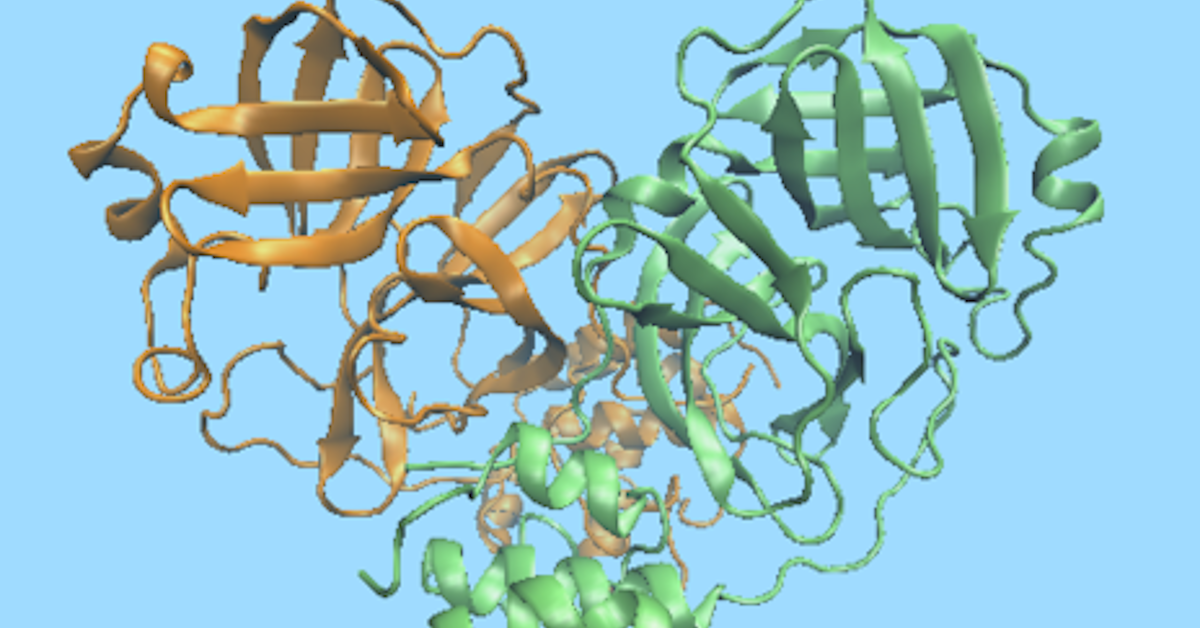
Team Director
Makoto Taiji
D.Sci.
Laboratory for Computational Molecular Design
LocationKobe / Integrated Innovation Building
E-mailtaiji[at]riken.jp
Please replace [at] with @.
The Computational Molecular Design Group aims to simulate biomolecular interactions and to design effective molecular regulators using large-scale computer simulations. X-ray crystallography and NMR studies provide a large number of 3D structures of biomolecules, and advances in molecular detection technologies have greatly improved our understandings of intracellular molecular behaviors. To connect molecular behavior with molecular structure and to predict molecular functions, however, require large scale, atomic level molecular simulations. We are therefore focusing on molecular dynamics (MD) and quantum chemistry simulations to study this relationship in large biomolecules. Through collaboration with groups inside and outside BDR, we are designing novel compounds for various target biomolecules by utilizing our computational techniques. Furthermore, by developing exclusive high-performance computers, we aim to achieve unprecedented long-term MD simulations.
Research Theme
- Understanding thermodynamic and physicochemical properties of the interaction of biopolymers with their regulators and hydration water
- Theoretical study on binding and enzymatic reactions of protein/DNA-regulator complexes
- Designing new peptides for protein target binding
- Development of MDGRAPE-4A, a special purpose computer for MD simulations.
Selected Publications
Komatsu TS, Okimoto N, Koyama YM, et al.
Drug binding dynamics of the dimeric SARS-CoV-2 main protease, determined by molecular dynamics simulation.
Scientific Reports
10, 16986 (2020)
doi: 10.1038/s41598-020-74099-5
Takaoka Y, Iwahashi M, Chini A, et al.
A rationally designed JAZ subtype-selective agonist of jasmonate perception.
Nature Communications
9, 3654 (2018)
doi: 10.1038/s41467-018-06135-y
Otsuka T, Okimoto N, Taiji M.
Assessment and acceleration of binding energy calculations for protein-ligand complexes by the fragment molecular orbital method.
Journal of Computational Chemistry
36(30), 2209-2218 (2015)
doi: 10.1002/jcc.24055
Yamagishi J, Okimoto N, Morimoto G, Taiji M.
A New Set of Atomic Radii for Accurate Estimation of Solvation Free Energy by Poisson-Boltzmann Solvent Model.
Journal of Computational Chemistry
35(29), 2132-2139 (2014)
doi: 10.1002/jcc.23728
Ohno Y, Yokota R, Koyama H, et al.
Petascale molecular dynamics simulation using the fast multipole method on K computer.
Computer Physics Communications
185(10), 2575-2585 (2014)
doi: 10.1016/j.cpc.2014.06.004
Ohmura I, Morimoto G, Ohno Y, et al.
MDGRAPE-4: a special-purpose computer system formolecular dynamics simulations.
Philosophical Transactions of the Royal Society a-Mathematical Physical and Engineering Sciences
372(2021), 20130387 (2014)
doi: 10.1098/rsta.2013.0387
Kondo HX, Taiji M.
Enhanced exchange algorithm without detailed balance condition for replica exchange method.
Journal of Chemical Physics
138(24), 244113 (2013)
doi: 10.1063/1.4811711
Kondo HX, Okimoto N, Morimoto G, Taiji M.
Free-Energy Landscapes of Protein Domain Movements upon Ligand Binding.
Journal of Physical Chemistry B
115(23), 7629-7636 (2011)
doi: 10.1021/jp111902t
Okimoto N, Futatsugi N, Fuji H, et al.
High-Performance Drug Discovery: Computational Screening by Combining Docking and Molecular Dynamics Simulations.
Plos Computational Biology
5(10), e1000528 (2009)
doi: 10.1371/journal.pcbi.1000528






